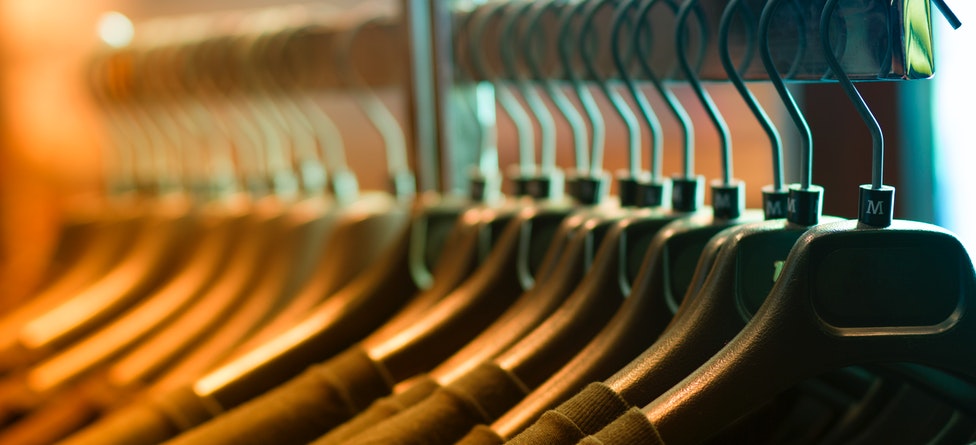In the warehouses and stores of many retailers, excess inventory has accumulated. Although buyers continue to pay more as the closet is updated.
According to the consumer price index released on Wednesday by the Bureau of Labor Statistics, clothing costs increased 5.2 percent over the last year and 0.8 percent in June compared to May. The overall inflation rate, which takes into account necessities like food and gas, increased by a higher-than-anticipated 9.1 percent from a year earlier.
When attempting to assess the health of the American consumer and economy, economists and industry observers use a variety of metrics, including trends in apparel. Numerous well-known businesses and investors have issued recession alerts in recent weeks. Retailers like Target, Gap, and Walmart announced plans for additional markdowns to get rid of unsold goods. The actions were anticipated to deflate the market.
However, both garment sales and prices — at least thus far — have surpassed those of the previous year. The work market is still strong. The unemployment rate remained constant and payrolls exceeded forecasts in the June jobs data, dispelling fears of a recession.
Experience is everything, according to Kristen Classi-Zummo, an industry researcher for The NPD Group who focuses on fashion goods. The growth in clothes is primarily driven by a return to going outside. This experiential re-emergence, which we didn’t completely see the previous year.
Additionally, several shops have said that. Revenue at Levi Strauss & Co. increased by 15% from the same period last year. However, according to CEO Chip Bergh, the company’s value brands, which account for a small portion of total sales and are offered by Walmart, Target, and Amazon, had mid-single-digit decreases from a year ago.
Walmart also noticed a divergence in the clothes market. As consumers cut back on discretionary purchases in the first quarter of the fiscal year, it aggressively discounted some of its goods. Charles Redfield, the company’s head of merchandising, however, claimed to CNBC at the beginning of June that the big-box store could not meet the demand for its trendier and more expensive goods, like sundresses and shirts from Scoop.
A surplus of the wrong things
According to NPD, a market research company, apparel sales in the U.S. increased by 13 percent compared to the same period in pre-pandemic 2019 and by 5 percent year over year from January through May.
Particularly formal clothes have become more popular once more as Americans attend weddings or spend more time at work, according to the expert. Some shoppers are willing to pay full price for things while buying gifts on those occasions.
According to NPD, the sale of women’s dresses increased by 42% from January through May. Additionally, that was 14% more than in 2019, before the epidemic.
Retailers who overstocked on the incorrect items have suffered as a result of the shift in consumer preference. Customers didn’t desire the firm’s numerous fleece hoodies and athletic wear, according to Gap’s most recent earnings report, which the company released this week along with the resignation of CEO Sonia Syngal. Additionally, due to its push into plus-sized, it experienced a mismatch in the sizes of its customers.
Due to a combination of items not selling and a reduction in supply chain delays, Abercrombie & Fitch and American Eagle Outfitters reported sharp increases in inventory levels, up 45 percent and 46 percent, respectively, from a year ago.
Higher levels of discount promotions are typically sparked by the availability of inventory, and this is currently happening at Walmart and Target across a variety of product categories, including home goods and apparel. The Commerce Department will release its retail sales figures for June on Friday, another carefully anticipated economic barometer.
But there are indications of a slowdown in the apparel market. According to NPD, units have decreased by around 8% from the same time last year despite an increase in garment sales in terms of dollars, which could eventually hurt sales.
According to a survey conducted in June by the equity research firm Jefferies, around 35% of customers either expect to buy fewer clothing or are already doing so.
In the poll, there were different customer views expressed. Those with annual incomes of $100,000 or more stated they intended to cut back on their expenditure on things like dining out and travel. People with lower incomes were more likely to say they were already limiting their purchases of food and clothing.
Tale of two customers
The clothing sellers had several advantages a year ago that ultimately worked in their favor. Due to stimulus checks, Americans have additional money. Because of Covid worries, some people were still hesitant to spend those cash on more expensive trips, dining out, or other services. Limited inventory levels are hampered by the supply chain.
According to Classic-Zummo, retailers can “reset” and end a “vicious sales cycle.” All of these factors helped shops sell more clothing at full price.
According to her, clothing merchants now have to pass on a larger portion of their costs, such as increased pricing for the materials used to produce clothing or the gas required to transport it. This has increased the cost of shirts, dresses, and other items.
Higher-income consumers are boosting clothes sales because they still have the money and are prepared to pay full price for more expensive brands and clothing products. According to Classic-Zummo, this may help to partially explain why clothing prices are so high.
For instance, overall swimwear sales are down after rising sharply the previous year. But this year, swimwear costing $100 or more is the market sector with the strongest growth. According to NPD, swimwear under $70 is what’s causing the year-over-year decline.
She remarked, “There’s a little bit of a tale of two consumers. “Whether or not clothing is on sale, a shopper from a lower-income household could hesitate before making a buy. Higher-income consumers have not yet been impacted; they are still purchasing more frequently. The high-end market is still booming.
